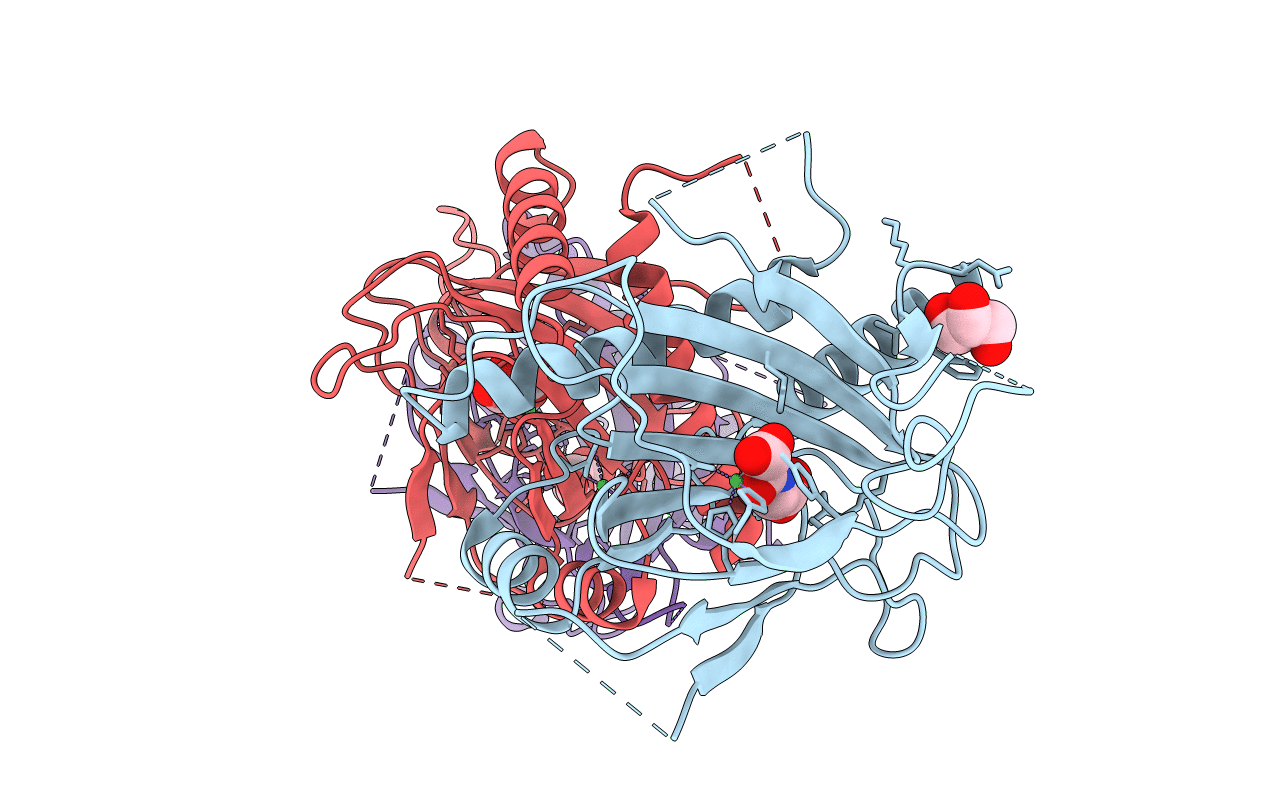
Deposition Date
2019-10-24
Release Date
2020-09-23
Last Version Date
2024-01-24
Entry Detail
PDB ID:
6T8M
Keywords:
Title:
Prolyl Hydroxylase (PHD) involved in hypoxia sensing by Dictyostelium discoideum
Biological Source:
Source Organism:
Dictyostelium discoideum (Taxon ID: 44689)
Host Organism:
Method Details:
Experimental Method:
Resolution:
2.02 Å
R-Value Free:
0.25
R-Value Work:
0.22
R-Value Observed:
0.22
Space Group:
C 2 2 21


